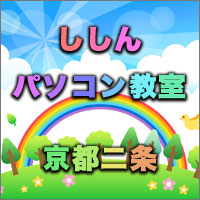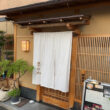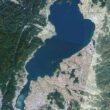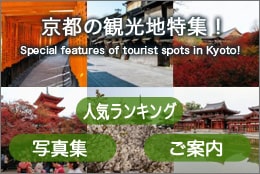The second movement: Light of Amida Nembutsu – Part 1
Posted date:2023-10-20Author:じゅうべい(Jubei) Transrator:ポンタ(Ponta)
Category:The Sacred Biography of Heian Buddhism: Amitabha Sage (Hijiri) Kuya, ed.
広告
adsense4
The first part: Amitabha Nenbutu of the City Saint
“Well, we are here.”
I, Tatumi was brought by Oyu and coming to eastern market in the capital of Kyoto that day.
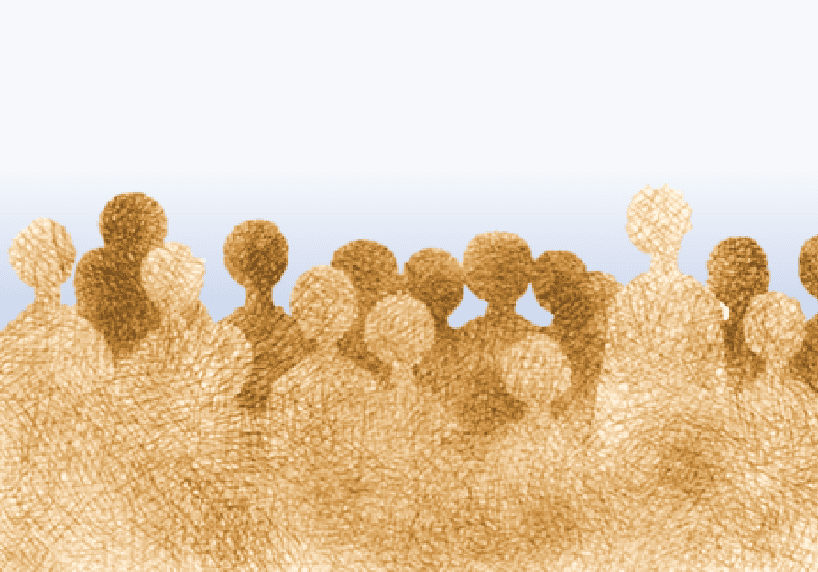
The calm wind strokes my cheek comfortably under the blue sky. Truly a diverse range of people go and out today, as well, and inscribe now of each via trading. With each standing point and place, they are inscribing the proof of their living now on this earth. Through them, I walked lined with Oyu and headed towards the shonin.
In the midst of the hustle and bustle of the Higashi City, the priest is said to be reciting the Nembutu and preaching the Dharma in front of the people of the city. Therefore, he was called the Amitabha Sage or the City Sage.
adsense2
―But doesn’t it disturb the public safety of the city to preach the Dharma delusionally in front of people?―
When I heard the story, I asked Oyu that question.
I have heard from someone that a woman from Echigo Province (Niigata Prefecture), who was called Koshinoubai, was sent back to her home country for dazzling the peasants with her delusions of sin and fortune at a market. In the Higashi City, where people gather and pass by, any activity that disturb public order is strictly prohibited by the city magistrate and the kebiishi.
Is it not a crime to dazzle people by chanting the Nembutu and preaching the Dharma in the city?
Then, Oyu answered, smiling.
“It is true that when he was first chanting the Nembutu in Higashi City, he said that people looked at him strangely.”
In the first place, among people, Amitabha Nembutu was deeply connected with expelling the stain of death of others and to exorcise the sprits of the dead.
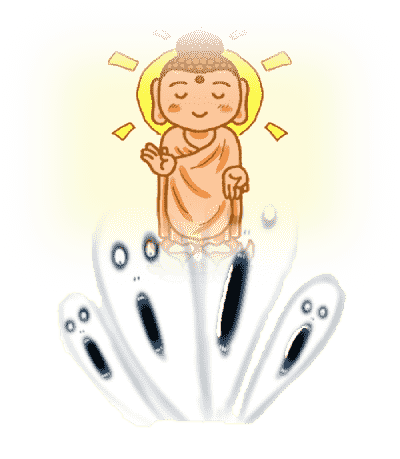
“So, at first, people had a hard time with him, saying insulting things to him, spitting on him, throwing stones at him, and so on.”
Even so, however, the priest continued to recite the nembutu with his mouth. In the midst of the bustle of the city, he would sit there with a piece of straw mat spread and a tray for beggars placed in front of him, calmly begging for food while chanting Nembutu earnestly in his mouth.
“Namu Amida Butu, Amida Butu. Namu Amida Butu, Amida Butu”
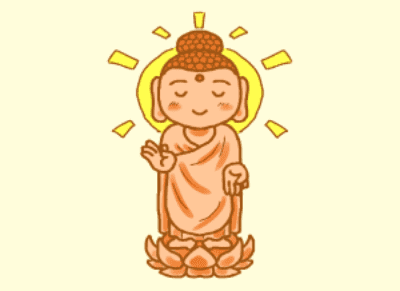
It is one day after a series of such events. A person approached the priest who continued to recite the Nembutu.
“Why are you always chanting Nembutu? Nembutu is for the dead, right?” he said. The priest then shook his head calmly and replied in this way.
“No, Nembutu is for saving for all of us.”
To be continued to the latter part.
Author
じゅうべい(Jubei)
Hello everyone. I am Jubei, an earthling whose energy does not stop today. What I like is playing (manga, movies, music (J-Rock, etc.) and visiting cafes). Thank you for your understanding.
